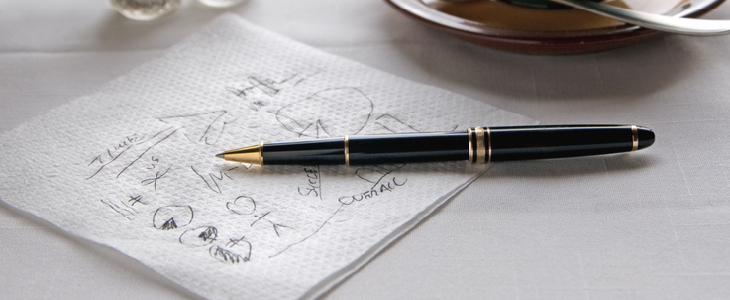Every groundbreaking invention begins with a spark of inspiration, often scribbled on a napkin or scrap of paper. Imagine turning that rough sketch into a patented success! Documenting your ideas from the very start is a vital step in this exciting journey. An inventor’s notebook can be your secret weapon, capturing every detail and protecting your creativity.
The Power of the Sketch
The power of a simple sketch cannot be overstated. Many world-changing inventions began as rough doodles on scraps of paper. From the Wright brothers’ early airplane designs to the concept for the iPhone, these initial sketches capture the raw essence of innovation. Sketches are more than just drawings; they are visual manifestations of your creative ideas, serving as the first tangible step toward bringing your vision to life. Documenting these early stages lays the foundation for a robust development process, ensuring no brilliant idea gets lost. Embrace the power of the sketch—it’s where your journey to success begins.
What Is an Inventor’s Notebook?
An inventor’s notebook is a vital tool for any innovator. It’s a bound record where you document every step of your invention process, from initial ideas and sketches to detailed descriptions and modifications. This notebook is a chronological diary, providing a clear timeline of your creative journey. It’s not just about recording ideas; it’s about creating a legal document that can help establish the originality and development of your invention. A well-maintained inventor’s notebook can be key in patent applications and legal disputes, proving that your invention was conceived and developed by you.
Tips for Maintaining Your Inventor’s Notebook
Detail Every Step
Documenting each phase of your invention process is essential. Start with brainstorming sessions and early sketches, then refinements and final designs. Include notes on why you made certain decisions, the challenges you encountered, and how you overcame them. Every detail, no matter how minor it seems, can be significant. This thorough documentation not only helps you track your progress but also provides a clear development timeline that can be important for your patent application.
Date and Sign Entries
Always date and sign each entry in your notebook. This simple practice can be legally significant, helping to establish the timeline of your invention. When possible, have a witness sign your entries as well. This adds an extra layer of credibility, showing that your work was observed and validated by another person at the time it was recorded.
Include Detailed Descriptions
Your descriptions should be clear and detailed. Avoid vague language and be as specific as possible. Include technical specifications, materials used, and any measurements or calculations you made. Diagrams and sketches should be labeled and annotated. Detailed descriptions can make it easier to understand your thought process and the development of your invention.
Use Bound Notebooks
Use a bound notebook rather than loose-leaf paper or digital notes. A bound notebook prevents pages from being added or removed, providing a continuous and tamper-proof record. This physical integrity can be crucial if your notebook is ever used as evidence in a legal dispute. While digital records have their place, a bound notebook remains the gold standard for documenting inventions.
How an Inventor’s Notebook Helps in the Patent Process
An inventor’s notebook is valuable during the patent process. When applying for a patent, detailed and dated entries in your notebook can provide important evidence of when you first conceived the idea and how you developed it into a practical invention. This documentation is essential in proving that your idea was unique and developed by you. Additionally, if your patent is ever challenged, a well-maintained notebook can defend against infringement claims by showing a clear, documented progression of your invention. Ultimately, an inventor’s notebook not only supports your patent application but also fortifies your intellectual property rights.
Contact an Experienced New Jersey Patent Attorney
At Gearhart Law, we guide you through every step of the patent process, from documenting your ideas to securing your patent. Our team ensures your inventions are well-protected and legally sound. Contact us today to turn your sketches into successful patents and safeguard your innovations.


